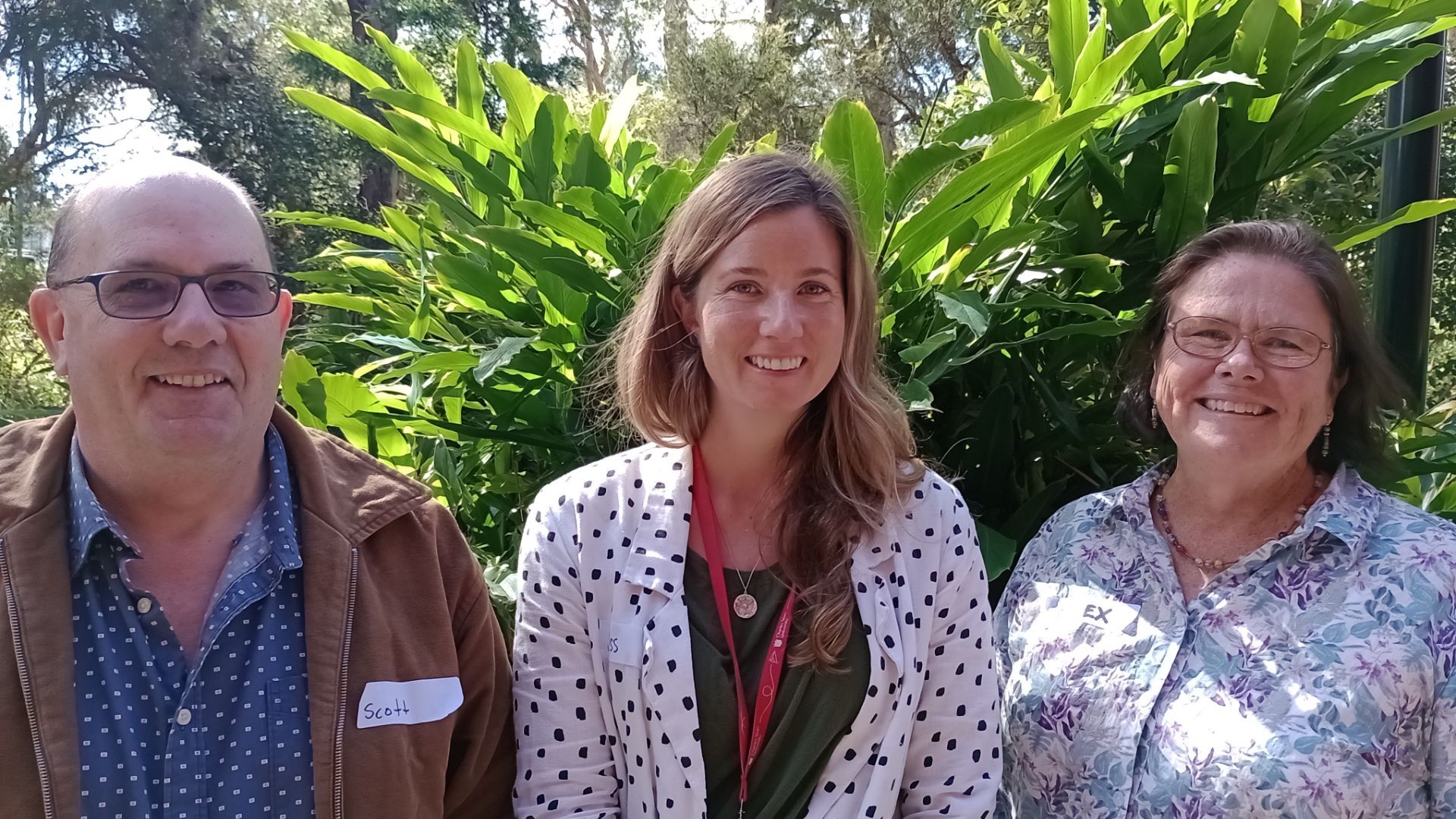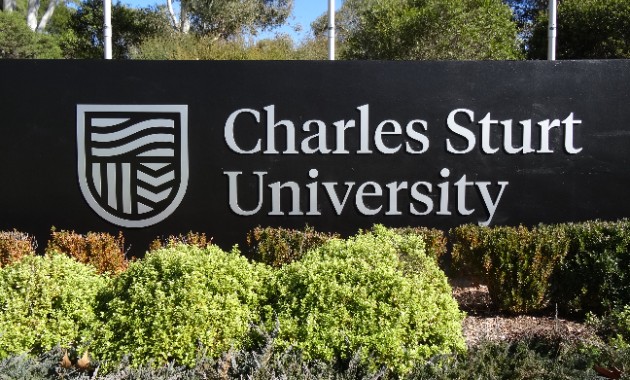- Charles Sturt University in Port Macquarie recently hosted northern NSW environmental groups at a special symposium to advance a new connectivity conservation initiative on the Mid North Coast
- The 40 land managers and agencies at the symposium on Friday 28 April committed to support the ‘Port2Plateau’ initiative to connect the landscape across multiple tenures
- Biodiversity is more resilient when public and private conservation areas are connected
Researchers at Charles Sturt University in Port Macquarie recently hosted colleagues from northern NSW environmental groups at a specially convened symposium to advance a new connectivity conservation initiative on the Mid North Coast.
The Great Eastern Ranges and North Coast Local Land Services convened the symposium held at the University in Port Macquarie recently for 40 land managers and agencies interested in being involved in the ‘Port2Plateau’ connectivity conservation initiative.
Participants included representatives from the Biodiversity Conservation Trust, Local Land Services, Dunghutti Local Aboriginal Land Council, Great Eastern Ranges, Hastings Bird Watchers, Hastings and Macleay Landcare Groups, NSW Forestry Corporation, Port Macquarie-Hastings Council, MidCoast Council and Kempsey Shire Council.
Dr Alexandra Knight, Lecturer in Environmental Management in the Charles Sturt School of Agricultural, Environmental and Veterinary Sciences in Port Macquarie and environmental researcher in the Charles Sturt Gulbali Research Institute of Agriculture, Water and Environment (pictured right in photo), opened the symposium.
She explained the University’s commitment to environmental sustainability by drawing on her experience as former Chair of the ‘Slopes2Summit’ connectivity conservation initiative (see Media note at end).
“The 2019-2020 bushfire disaster and subsequent floods make connectivity conservation more important than ever,” Dr Knight said.
“Building resilience into our landscape is not just about connecting natural areas, but also about connecting and supporting the people and communities that care for nature.”
Dr Knight defined ‘connectivity’ in this context as having interconnecting tracts of native vegetation that facilitate the free movement of birds and other wildlife from ‘port to plateau’ with the aim to enhance natural biodiversity and ease pressure on threatened and endangered species.
She said connectivity conservation initiatives like ‘Port2Plateau’ aim to connect the landscape across multiple tenures.
“Biodiversity is more resilient to abrupt and long-term changes when public and private conservation areas are connected to one another either directly or by means of stepping-stones across the landscape,” she said.
“Birds, mammals and even frogs are able to move through the landscape when extreme weather events occur and find shelter and foraging sites if the landscape is better connected, and they are also able to respond better to the slower changes in overall temperature that we are starting to experience now.”
Dr Knight said networking is a fundamental pathway for human communities to build resilience. Events like this which bring together knowledgeable people from all walks of life to share information and build new strategies for communities to adapt to change also build resilience.
She stressed that improving natural areas has benefits for farmers as well. Increased soil carbon, improved pollination as insects and other native pollinators can move through the landscape, and cleaner water are all outcomes of connectivity conservation efforts that benefit agriculture.
“Connectivity conservation works with landholders and communities to reverse the impacts of habitat loss and fragmentation by planting vegetation, reducing barriers to movement such as building wildlife crossings over major roads, and tackling key threats, like feral animals and weeds,” she said.
“This creates stepping-stones of habitat and green corridors that reconnect our landscapes, supports the long-distance migrations of animals such as shining bronze cuckoos, as well as those with shorter movement needs, like koalas and platypus.
“Restoring connectivity also helps to maintain biodiversity and enables natural processes to function properly and continue to provide the many services that sustain us, such as pollination, reducing flood risk, soil formation and carbon absorption.”
During the symposium Dr Knight and her Charles Sturt research colleagues Lecturer in Environmental Science Dr Jess Tout-Lyon (centre in photo) and Lecturer in Spatial Science Dr Scott McManus (left in photo) provided insights into their research.
Dr Tout-Lyon spoke about her research using environmental DNA to determine fish and other native species presence in freshwater and marine environments.
Dr Knight and Dr McManus presented research into understanding how mangrove ecosystems respond to extreme fire and flood events.
Participants exchanged knowledge about everything from the decline in bird numbers in the Hastings River based on many years of data collection by volunteers of the Hastings Birdwatching Group, to using regenerative farming practices to improve soil health and water holding capacity.
Landcare, Local Land Services and the Biodiversity Conservation Trust shared information about new funding opportunities for property owners to protect nature and manage weeds on their land.
A working group was formed at the symposium with the aim of holding the next forum soon, in which participants will learn more about connectivity conservation, map the actions and events that already support connectivity conservation, and develop a vision for the ‘Port2Plateau’ region.
The group is hoping to develop a long-term funding model and become another partner in the Great Eastern Ranges regional partnership model.
The University will continue to provide research support and host networking events and workshops.






Social
Explore the world of social